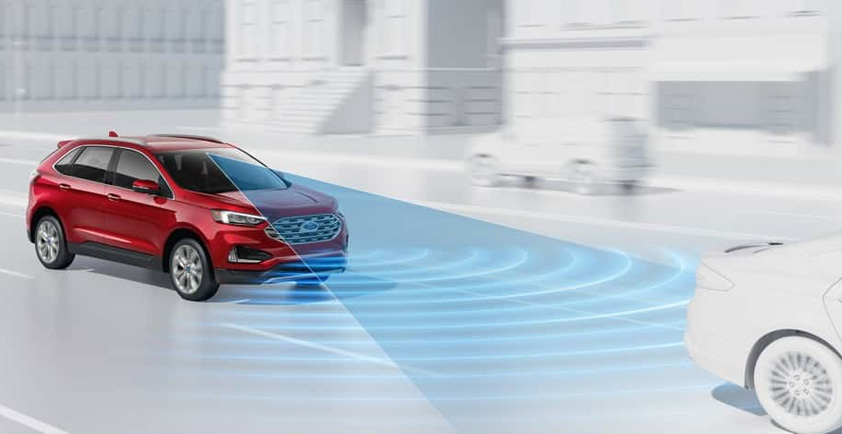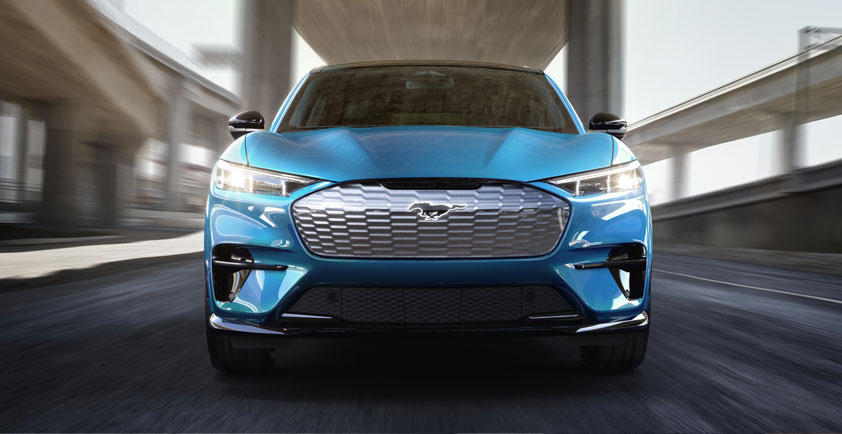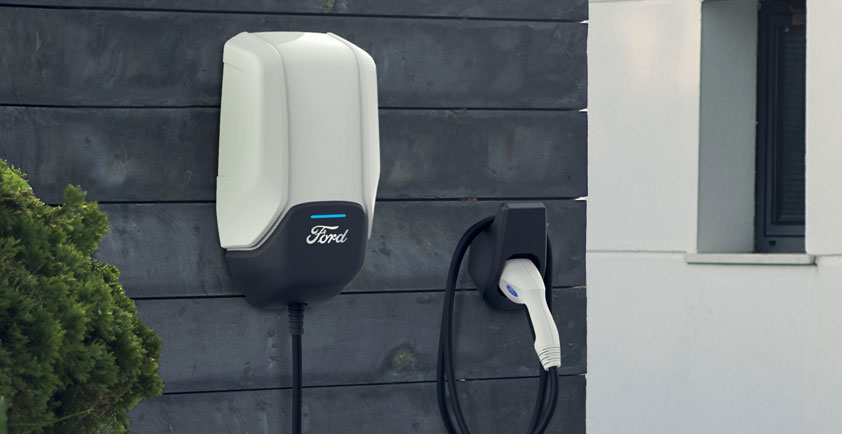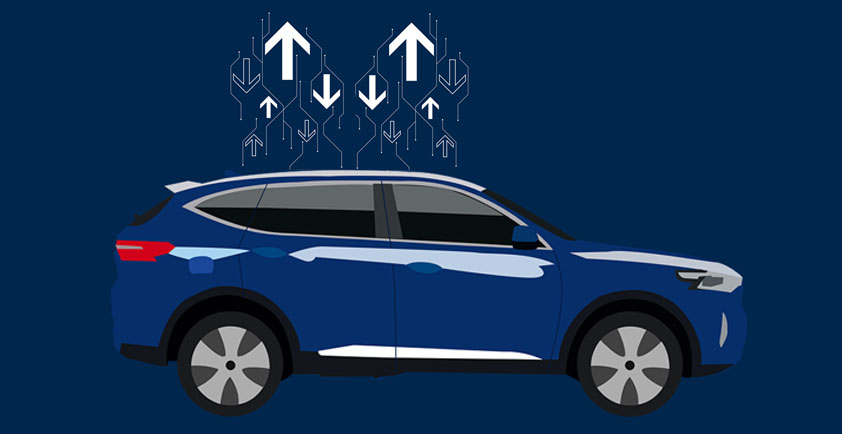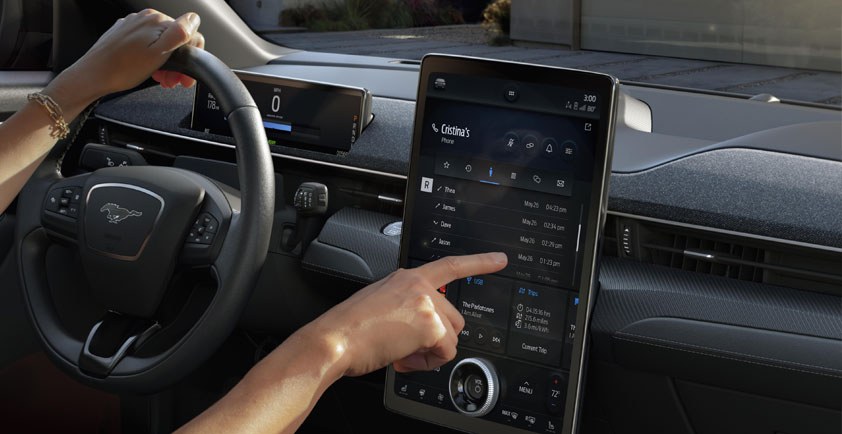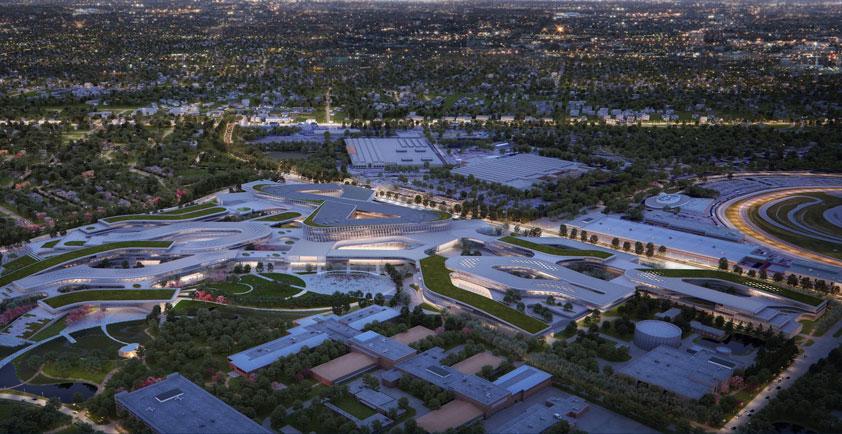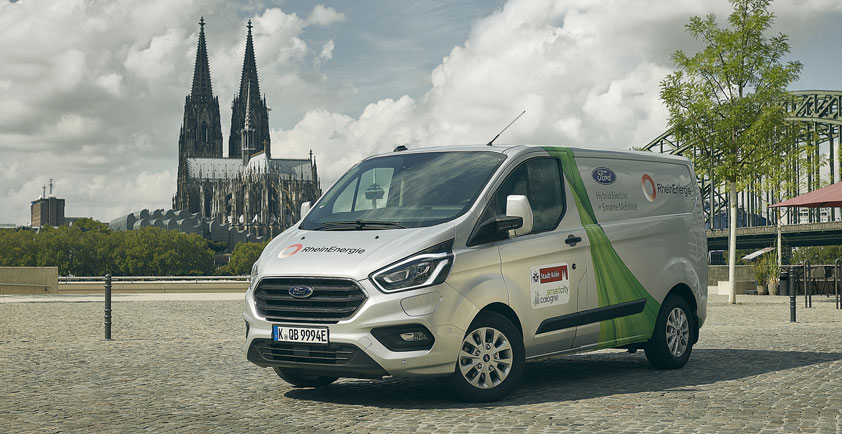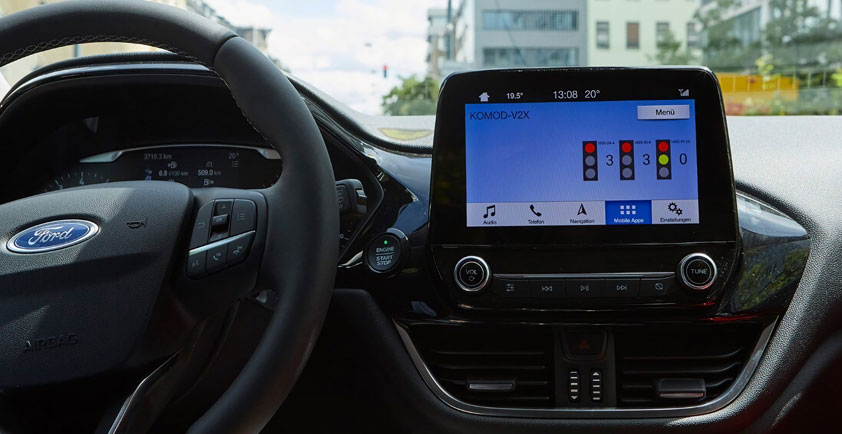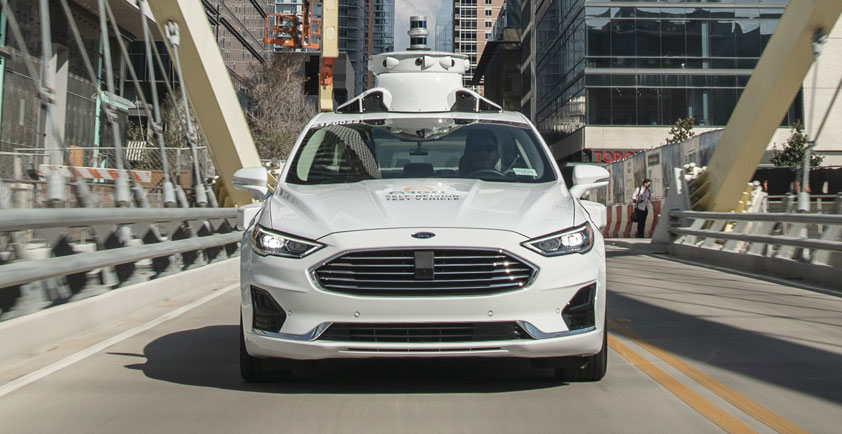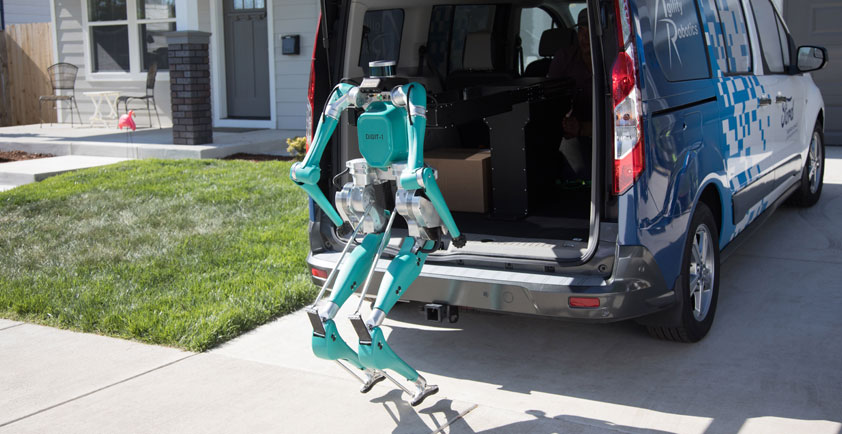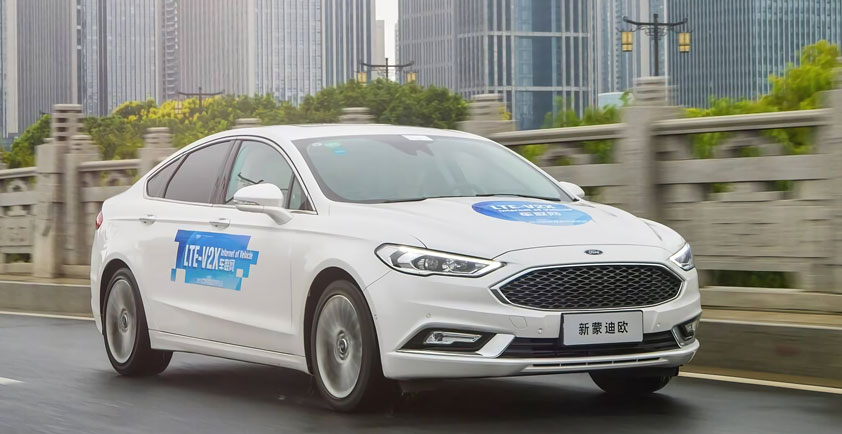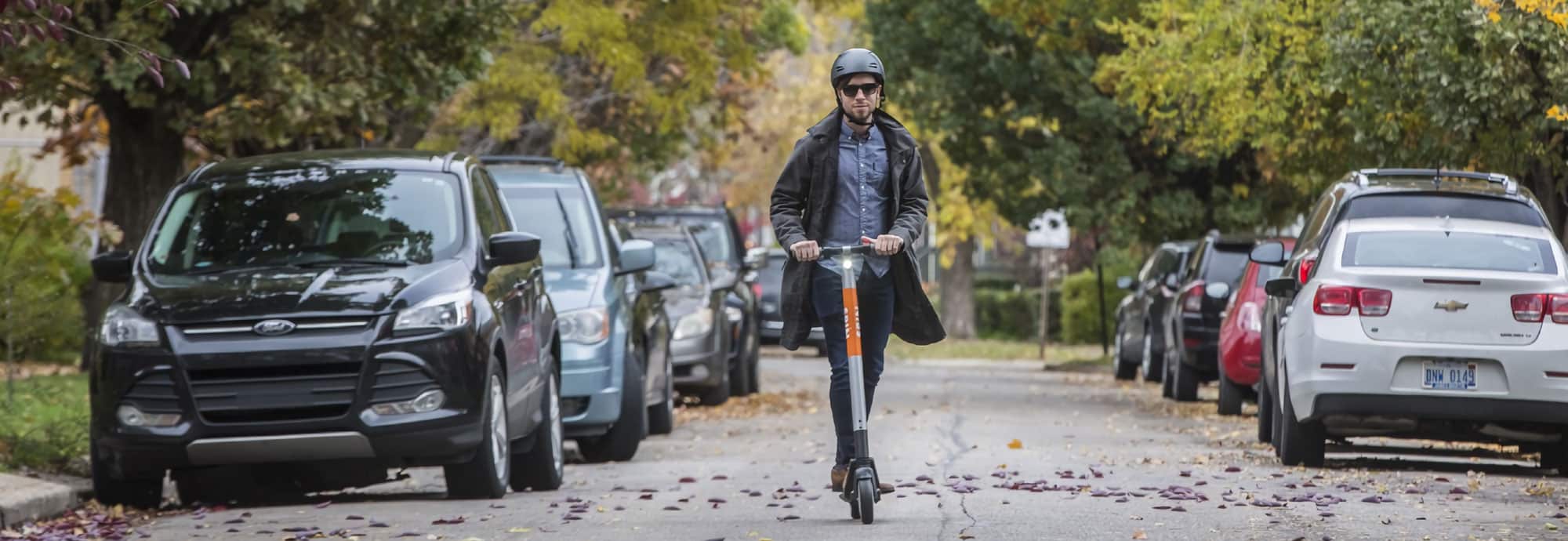
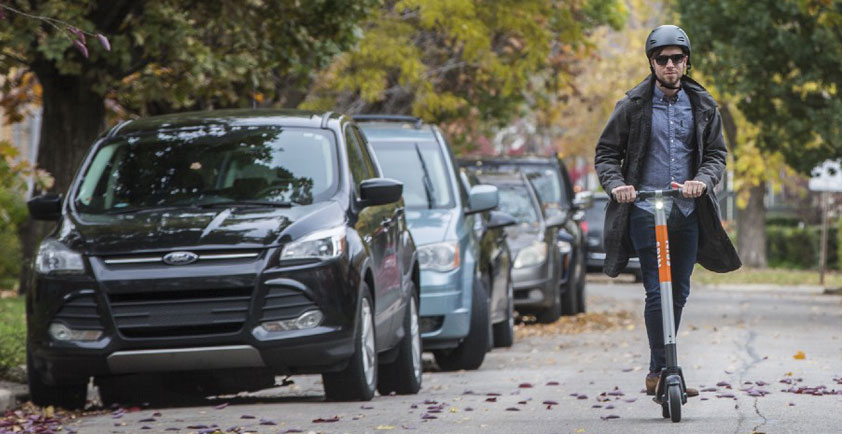
COMING TOGETHER: WHY WE’RE TEAMING UP TO IMPROVE OUR CITIES
By Marcy Klevorn, President, Ford Mobility
Whether we’re offering innovative services like GoRide that make it more convenient for people to get to their medical appointments or introducing new transit alternatives like electric scooters from Spin, Ford is expanding the mobility ecosystem. It is all part of our commitment to create smart vehicles for a smart world that will help people move more safely, confidently and freely.
But considering the sheer number of services out there — everything from ride-hailing and public transit to bike-sharing programs and dock-less scooters — building out such an ecosystem and ensuring it’s easy to use isn’t a one-company operation. Building a better future requires an openness to new ideas, experimentation and collaboration. We’re committed to working with others who offer different kinds of expertise so we can truly improve the way people travel through our cities together.
Every single mobility option is part of a comprehensive transportation network — one that could be vastly more useful if all the services involved were connected. That’s exactly why Autonomic has created a platform called the Transportation Mobility Cloud that can facilitate communication between numerous services, and synchronize their operations so people can get the most out of what their cities have to offer.
Autonomic is already collaborating with a number of different companies to flesh out the various capabilities of the Transportation Mobility Cloud to ensure transit services actively complement each other and make the experience of moving around more enjoyable. One such company is rideOS, which builds transportation marketplace and mapping technologies that can deliver highly accurate travel time estimates. By integrating rideOS with the Transportation Mobility Cloud, incoming ride requests can be easily matched to vehicles that optimize rider convenience and can efficiently utilize shared vehicles. This makes for a flexible system that can take the constraints of both human-driven vehicles as well as future autonomous vehicles into account as it suggests the best way to get to a destination.
Expanding access to these types of features is a priority, which is why developers at Autonomic are looking to integrate the low-cost satellite network of Swarm Technologies. This will allow people to access critical remote services in the cloud from just about anywhere in the world, enabling transportation customers to reduce costs while helping to ensure coverage even where cell service is questionable.
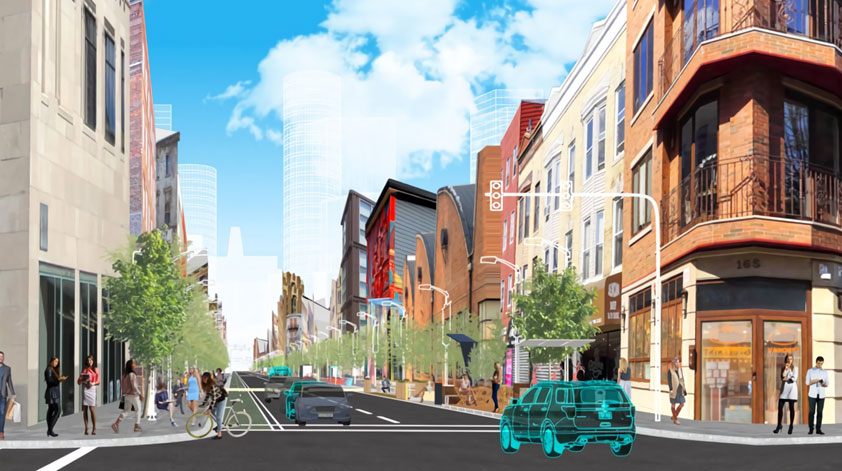
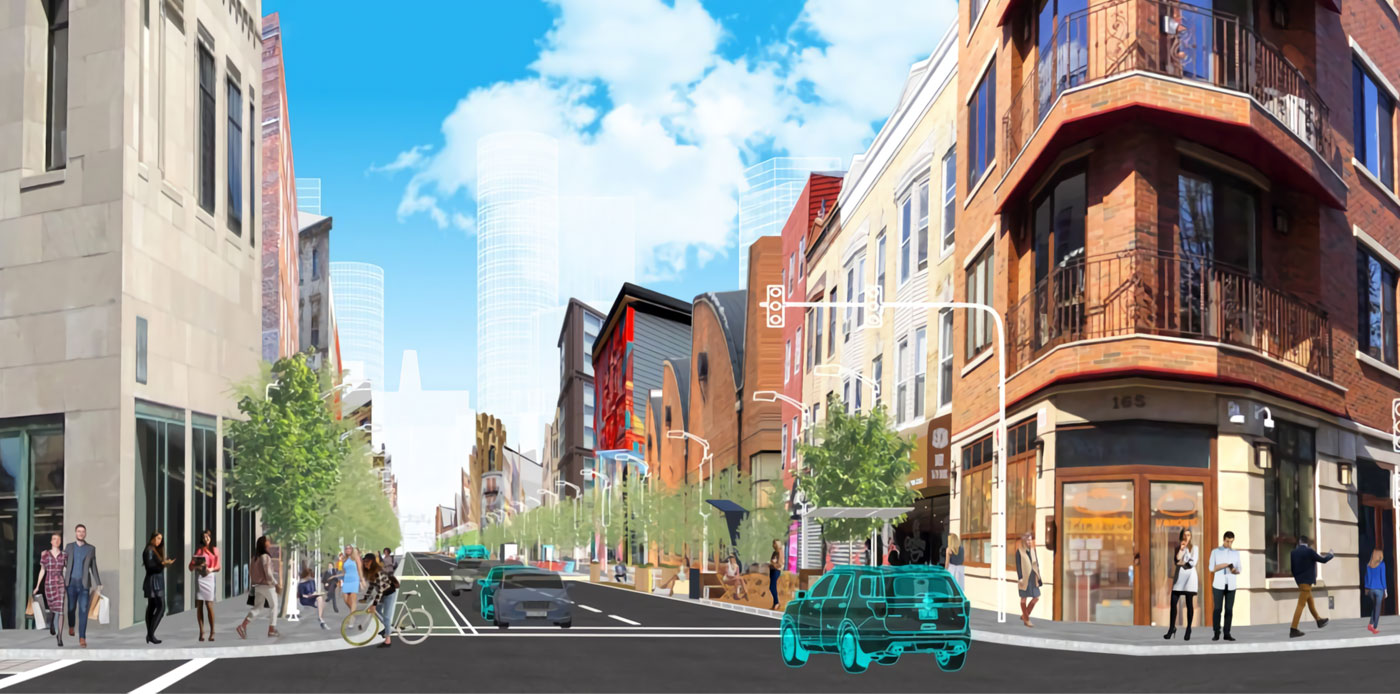
Autonomic developers are also collaborating with TribalScale to implement Dashero, an artificial intelligence-driven platform allowing companies to offer consumers seamless voice shopping experiences, including product and service ordering, directly from a vehicle. Integrating TribalScale with the Transportation Mobility Cloud will leverage vehicle data to help ensure businesses accurately predict the arrival of a consumer who has placed an order.
Later this year, Autonomic will also make the Transportation Mobility Cloud’s software development kit available to even more developers who want to create apps and services that take advantage of it.
While all this work is being done with the transportation mobility cloud to facilitate communication between people, transit services and businesses, the fact remains these various entities will still need to “speak” to each other in a shared language. That’s why we’re strong believers in the potential of cellular vehicle-to-everything technology. C-V2X uses cellular technology between equipped vehicles, bikes, scooters and even infrastructure to communicate with each other.
As we look to jump-start adoption, we are committed to deploying C-V2X in all of our new vehicle models beginning in 2022, pending a technology-neutral regulatory environment. But, a conducive regulatory environment must be in place for C-V2X to be deployed. That is why we are working just as much with industry and government organizations to create such an environment. To successfully introduce this technology, we’re working with companies like Qualcomm, Audi and Ducati to continue testing, which has given us the confidence to take such a big step.
And while we’re working on all these new technologies, our City Solutions team is collaborating closely with local governments and communities to determine how these new mobility solutions can be deployed effectively.
As the old adage goes, Rome wasn’t built in a day — we can’t just tack on new technology to the same old way of doing things and expect to get the best results. To develop better, more sustainable cities that enable people to get around easily as part of a future we all want to see created, we must come together now to put the building blocks in place.
